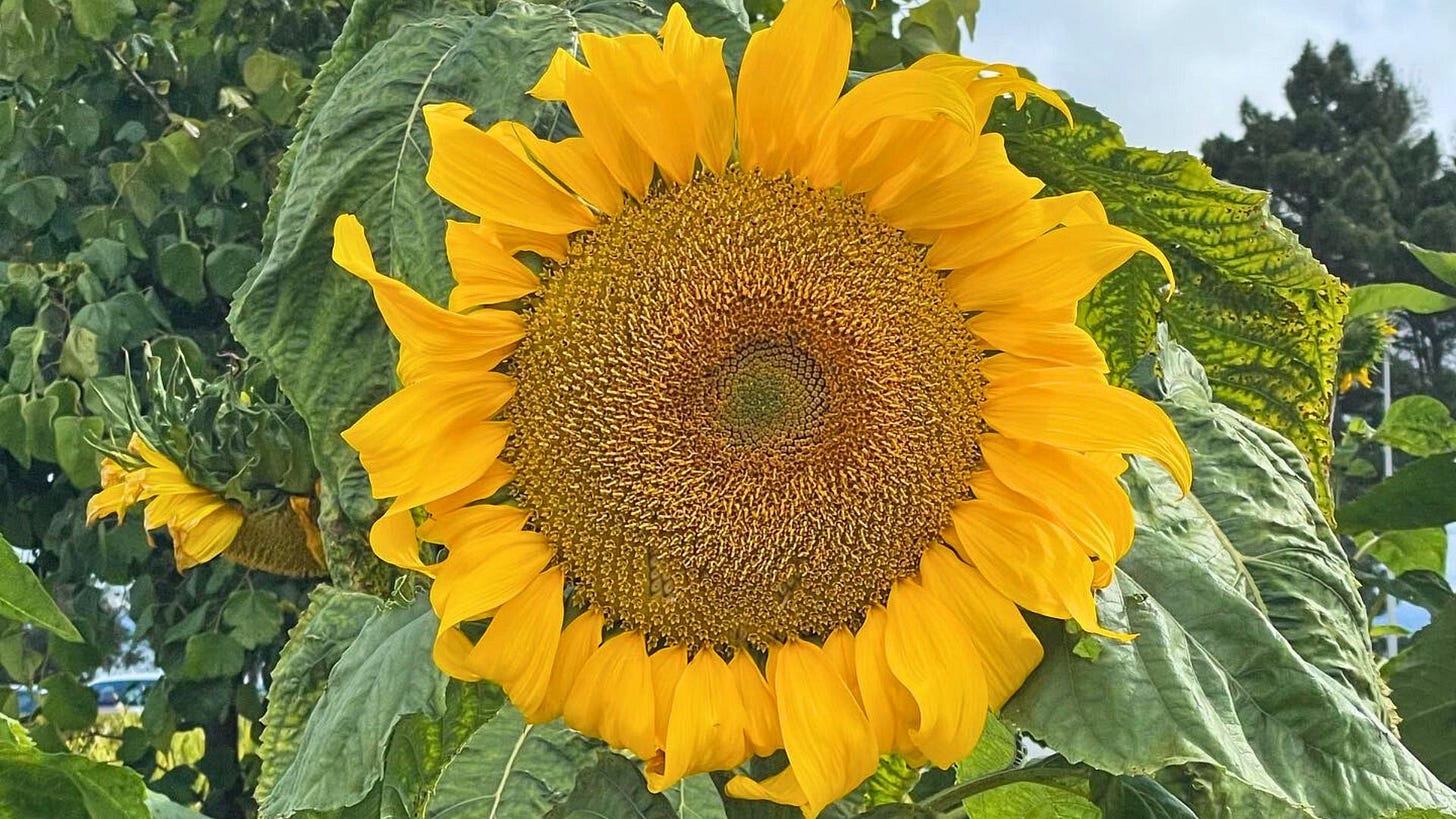Practices in Smelling: Representation
Moving away from the visual gaze.
I want you to try something for me… Look around the room you’re in. Notice the items that surround you. Now focus in on one object.
What do you see?
I see a white ceramic cup, which rests on a white saucer. The cup is wide-mouthed and has one handle just wide enough to snuggly fit my finger. Inside the cup is black coffee with a hint of oat milk, which makes the liquid appear brown.
Now… How does your object smell?
The brown liquid-filled cup sitting on the table smells like, well, coffee. That’s what my brain perceives.
Can you detect a difference in how you experience the object through these two senses?
I bring this up because I had a really fascinating conversation with University of Nevada, Reno philosophy professor Benjamin Young, PhD. this week on my podcast An Aromatic Life, where we discussed how very different our olfactory perceptions (ie. mental representations) are compared to our other senses.
Prof. Young argues that, as highly visually oriented people, we often assume that our mental representation of an object’s smell matches how we visualize it. In fact, it doesn’t.
Take the exercise we just went through. I see the object sitting on the table as the sum of its identifiable parts - the white cup, the white saucer, the brown liquid inside - including all of its lines, angles, and depths. It’s very clear to me (and anyone I explain it to) that I’m seeing a cup of milky coffee on a table.
But what happens when I try to apply that same visual logic to the smell of the brown liquid-filled cup on the table?
Simply put, it doesn’t work. We mostly can’t identify individual components of the smell, unless you’re a highly trained nose, but even then you’re limited.
The smell of that brown liquid-filled cup has roughly 800 individual aromatic compounds that make up the “coffee” that you smell. That’s a lot of individual parts!
It turns out that, for humans, smell is experienced more holistically. And this holistic nature of smell complicates how we represent it in our minds - and then how we talk about it.
Prof. Young points out that when we describe what we’re perceiving, we’re mostly coming at it from a visual perspective because language is structured around componential meaning, like grammar and syntax. And this fails to capture how we really experience and understand odors.
What I love about our sense of smell is that it resists this tidy categorization we apply to other senses, like vision. Yes, we can generalize and say that a smell is good or bad, floral or fruity, but the representation in our mind - how we perceive what we’re smelling - is richer, more complex than that. And we’re still learning what that means.
It’s also why we have a hard time describing smells. We’re coming at it from a visual lens. Our language has been developed to talk about objects from a visual perspective. And it’s leaving us tongue-tied.
Smells are already these ambiguous, invisible “things” that are hard to perceive. And precisely because we can’t see them, we’re having a hard time naming them.
But here’s the thing… We can become better at describing smells. We’re just not practiced in it.
And it’s why in this month’s Practices in Smelling, I invite you to exercise your smell muscle and deepen your olfactory perception & representation of smells. Here are five exercises to try.
Keep reading with a 7-day free trial
Subscribe to An Aromatic Life to keep reading this post and get 7 days of free access to the full post archives.



